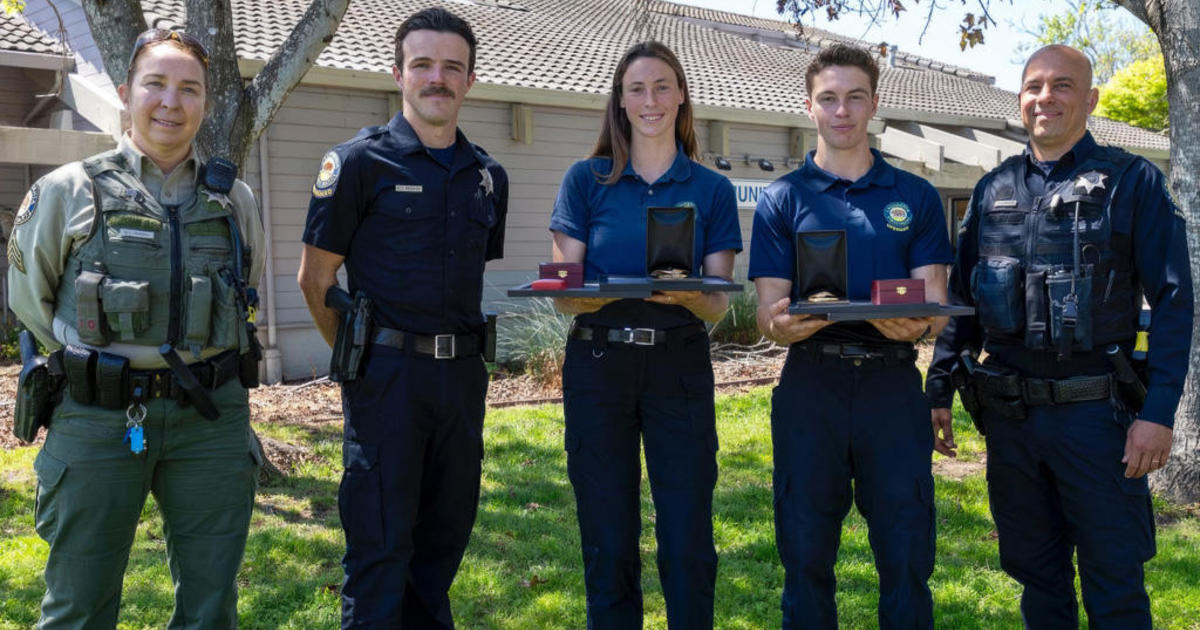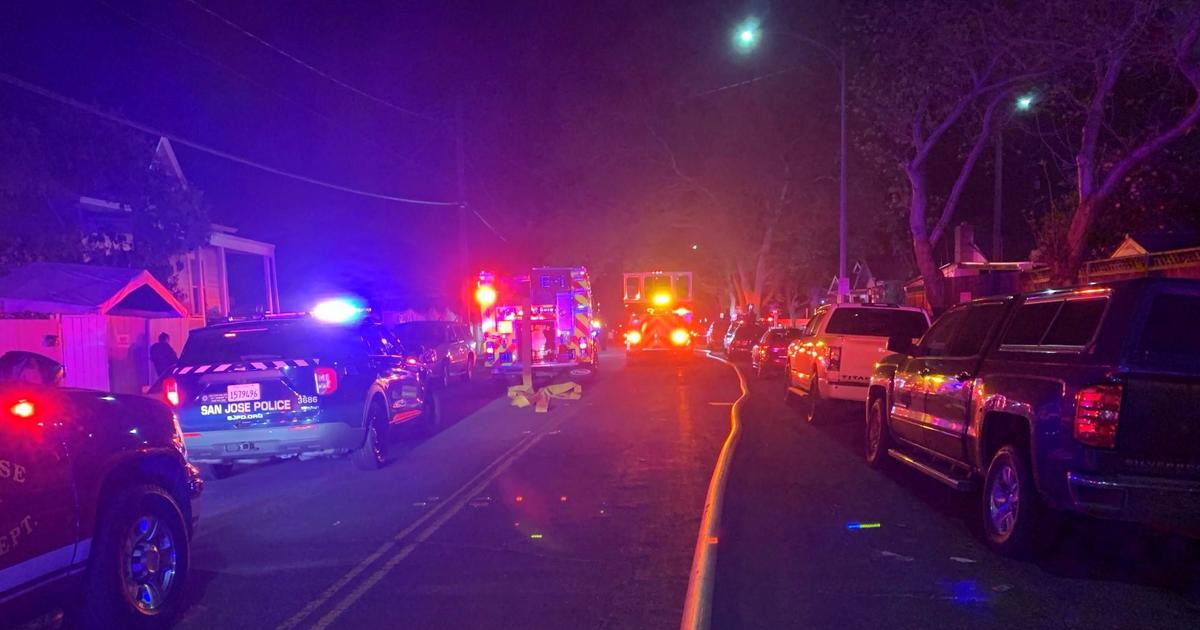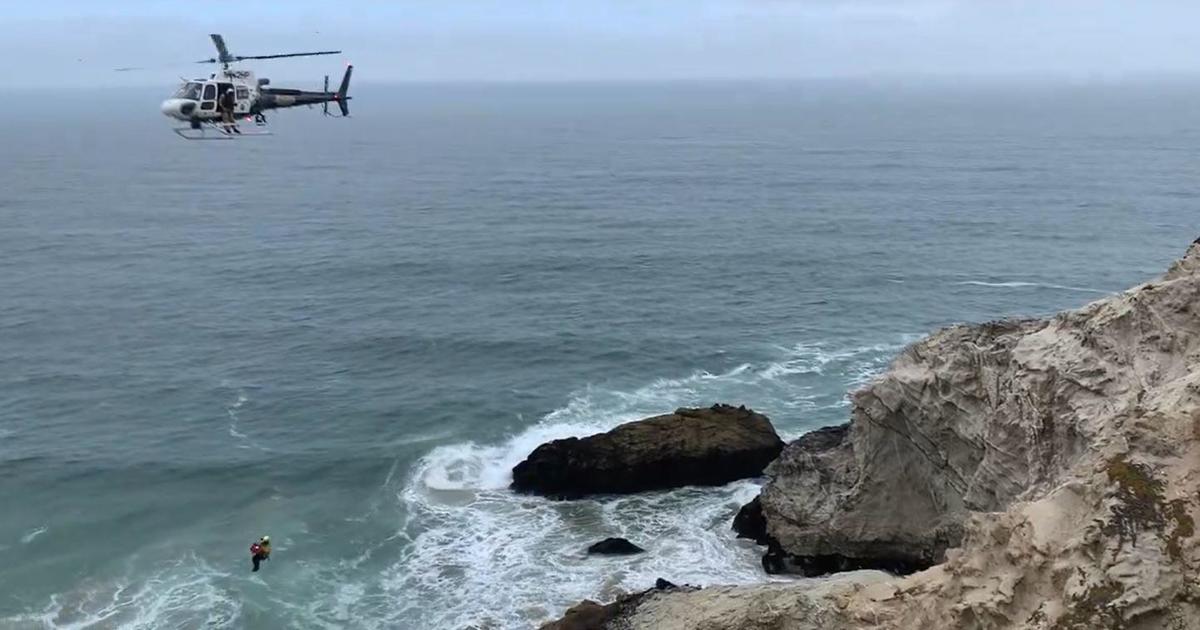Best Meteor Shower Of The Year Peaks Tuesday, 100 Shooting Stars Per Hour Predicted In Perseid Shower
CONTRA COSTA COUNTY (CBS SF) -- If you thought July 4th's fireworks were exciting, wait until you see a ball of fire explode overhead in the annual Perseid Meteor Shower, set to peak Tuesday night with 100 shooting stars each hour, and continue for several days afterward.
HOW TO WATCH THE 2014 PERSEID METEOR SHOWER: With the supermoon from Sunday still glaring in the night sky (even though it's less than full now), you'll want to find a time when the moon has already set, or hasn't risen, away from city lights, and away from any streetlights or house lights. Chabot Space & Science Center in the Oakland Hills is offering viewing Tuesday and admission the viewing area is free.
CHABOT VIEWING: Events at the Observatory
The Moon rises at 9:21 p.m. Tuesday night and sets at 9:44 a.m. Wednesday, so there might be some good viewing just after sunset, otherwise, the waning gibbous moon following the "super moon" will make viewing harder. The moon on Sunday passed closer to the earth than at any other point this year. Here's a great moonrise and moonset tool.
Look for a dark spot in the sky away from the moon, ideally with your feet facing Northeast, and wait 30 minutes as your eyes adjust.
Meteors can be spotted anywhere in the sky, but they will appear to originate from the constellation Perseus, which is where they got their name, Perseid. The shower comes when earth passes through the debris from the tail of the comet Swift-Tuttle.
NASA: Perseid Shower Fact Sheet
Here's a look at some spots where meteors have been seen and observers posted it to this interactive map.



